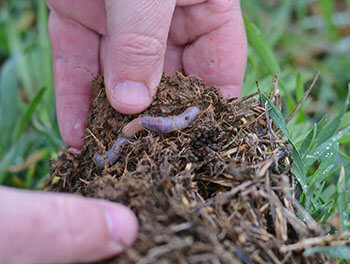Four Benefits to Cover Crops
Aug 12, 2019

If you’re not using cover crops with your no-till system, we’ve got two words for you: why not?
There are many benefits to using cover crops, says Brett Jones, an agronomy specialist from Tennessee Farmers Cooperative. Here are his top four.
For more information about implementing cover crops on your farmland, contact your local Co-op agronomy specialist.
There are many benefits to using cover crops, says Brett Jones, an agronomy specialist from Tennessee Farmers Cooperative. Here are his top four.
- Builds organic matter/reduce soil erosion
- Improves water utilization and water-holding capacity
- Controls weeds
- Allows for better movement of nutrients/reduces soil compaction
For more information about implementing cover crops on your farmland, contact your local Co-op agronomy specialist.